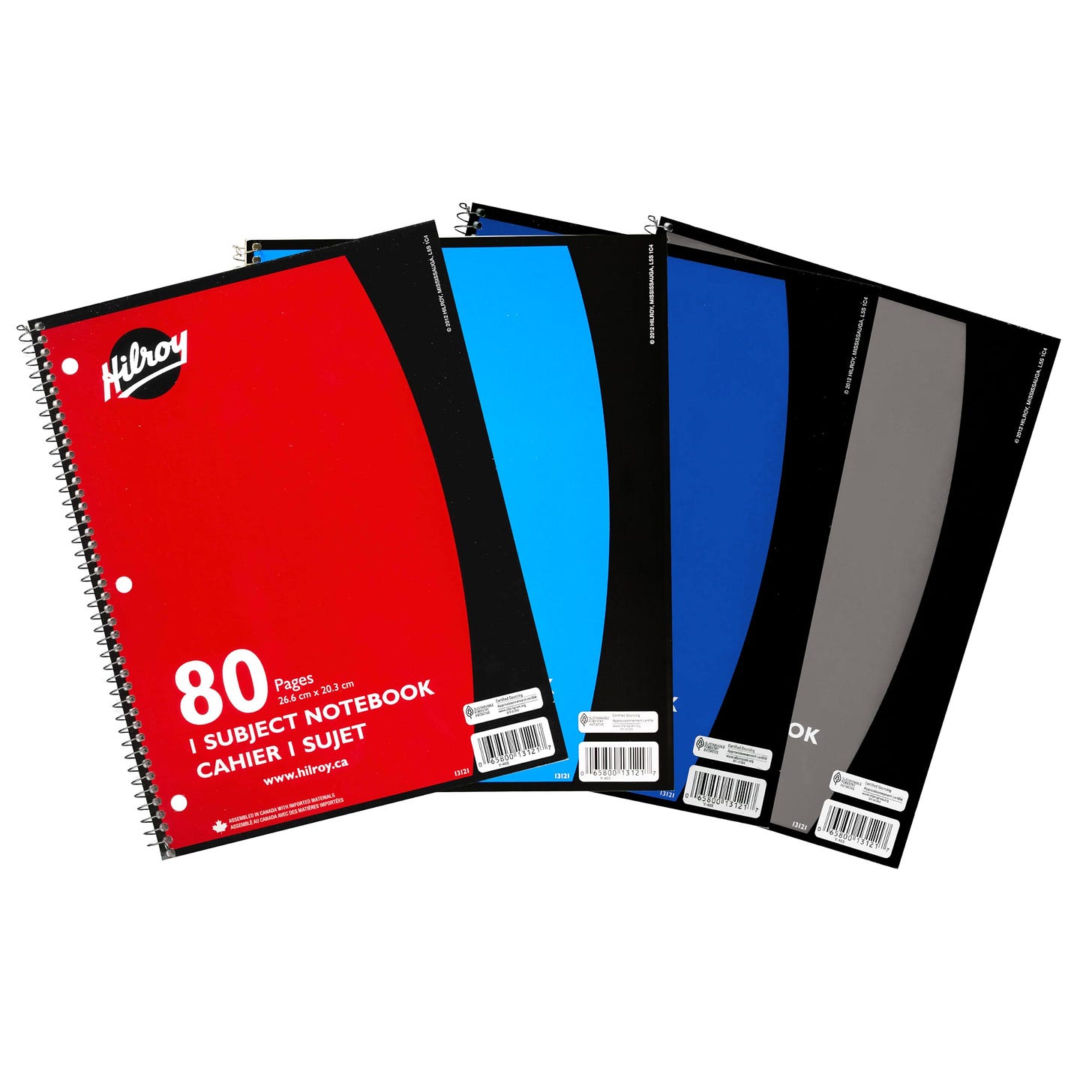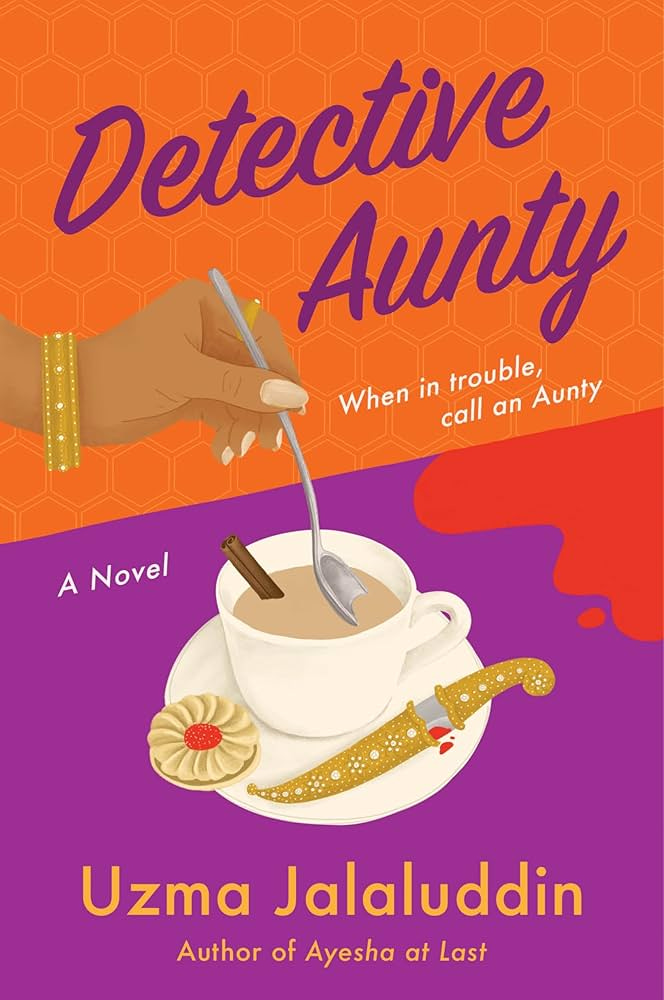I’ve gotten a few requests to discuss how I outline my books. As I’ve written previously, when I first started this whole ‘writing books for fun and profit (hah!)’ thing, it took me years to finish a draft.
Which, I hasten to add, is perfectly normal. Books, like a lot of creative endeavours, need time to really simmer, for the flavours to all blend together and grow into a rich, yummy meal. I started off as a determined pantser - flying-by-the-seat-of-my-pants, for those not familiar with the term. Then, I sold my first book and suddenly I had an entire team of people wondering when my second book would be ready, and I low-key panicked.
My first book took me eight years to write. Because, life. Because, public high school teacher. Because, parent and also desi daughter in a busy city, with a busy family. Also, as I wrote about here, I had NO IDEA how to revise my book-shaped thing, and it took me years to figure all of that out. Except once Ayesha At Last was sold, I knew that I really wanted to write more books, and faster. My life’s ambition morphed from “I really hope I can finish and publish a book one day” to “I want the word ‘prolific’ to be attached to my name, and if we can add “bestselling” to that too, cheers.”
So I started to outline in earnest. I did outline with Ayesha At Last, but it was a sort of unorganized plan. When I wrote my second novel, Hana Khan Carries On, I started off with extensive character sketches, descriptions of setting, theme and my thematic question, and a detailed outline.
Here are a few screenshots from an old file I unearthed from 2017:
It helped to keep track of the character arcs when I first started plotting, to make sure that I had a handle on the main players in my book.
I also wrote really detailed character sketches - a few pages each for the main characters, and less than a page for the side characters. I noted appearance, personality quirks, their needs, wants, what motivated them, their relationship with their family and friends, how they reacted when angry or stressed, what they were avoiding, how others viewed them, basically anything I thought was relevant. Here’s a few paragraphs about Hanaan Deen — who eventually became Hana Khan, the titular character of my second novel:
Once I had brainstormed character, arc, theme, setting, I started outlining. For Hana Khan Carries On, my outline follows high school essay structure (you can take the English teacher out of the classroom….)
Each chapter had a focus, a setting, and the conflict and plot grew from there. For anyone who has read Hana Khan Carries On, this is not exactly what ended up in the book, but it was a good start and led to a solid draft. (Let’s not talk about the long-lost draft of Hana Khan Carries On that contains an entire subplot that takes place in a fictional open-world video game.)
By the time I wrote Much Ado About Nada, I had a pretty good idea how to outline. Each chapter was given a short summary, inspired by my overall arc for the story and for each character. My outlines are about 15-20 pages typed, though I also occasionally brainstorm and write notes and chapter outlines in a notebook. I’m partial to these cheap 80-page Hilroy notebooks, which I pick up around Labour Day every year, when they’re on sale before school starts.
I just finished writing a rough first draft for the second book in the Detective Aunty series. I worked on the outline for months, scrapping ideas, keeping others, thinking about character and theme, wondering about setting. I refused to start drafting until the outline was solid, because I’ve done that before - become so excited by a Shiny New Idea and plunged into drafting immediately, only to find myself 20,000 words into a story with no idea where to go next. Not exactly the sort of thing a writer can do when they’re on deadline (a lesson I heard the hard way, believe me.) But once I had the outline, writing the book felt a lot more smooth.
When I’m working on my first draft, the goal is to get to The End. I don’t rewrite, I don’t re-read, I just keep sprinting to the end. I know most of what I write will be re-outlined and rewritten in the next draft, which is fine. The key for me is to finish something quickly, and then take a step back and consider what I have on the page. For me, rewriting and revising is where my books transform from a book-shaped thing into a real story.
This method works for me, but I know plenty of authors with very different methods. Some re-read their work and won’t move forward with their draft until a chapter is perfect - they write far slower than me, but the advantage is they don’t have to rewrite as much as I do once they get to the end. Other writers don’t outline at all, they prefer to jump straight into the story and figure it out as they go. Still others do a combination - they will outline to the middle of Act 2 and then let the momentum of the story take over as they draft. Every writer has to tinker with their method until they find out what works for them. And be prepared to have that change as they move through their career.
Through the power of outlining, I can write a book in about 5-6 months. This doesn’t include the extensive rewrites I’ll do after I get editorial input, and it does not include the development process, but it’s not the 8 years it took for me to write my debut. Yet I know that it was the work I put into learning how to outline, draft, and revise Ayesha At Last, that has allowed me to get to this stage. And as with anything, every new project will be different!
Until next time, friends.
Pre-order my debut mystery, DETECTIVE AUNTY, which publishes on May 6, 2025!
Thank you for reading Uzma’s Substack! Subscribe for FREE to receive new posts and support my work. I have no plans to charge for any of my posts. If you’d like to support me in other ways, please share this post with others, or consider purchasing my books, or borrowing them from the library.









I'm always interested to know how other writers tackle the mammoth task that's writing a novel! I've read Hana Khan so it's interesting to see how you brought the story to life. I agree with you about the real magic happening in the revising and editing stage. It's painful and I much rather go to the dentist but it's worth it.
Thanks for sharing this post. Your screenshots are golden!